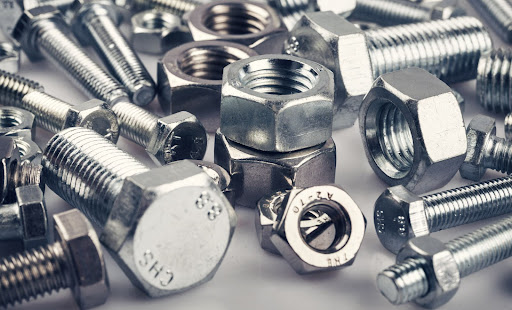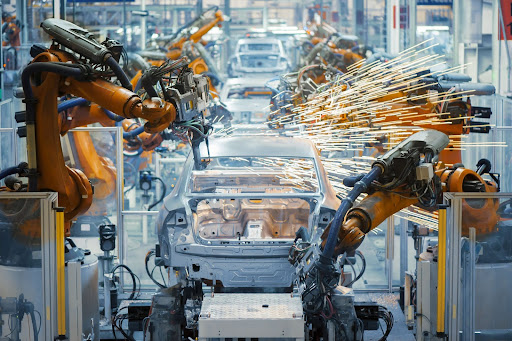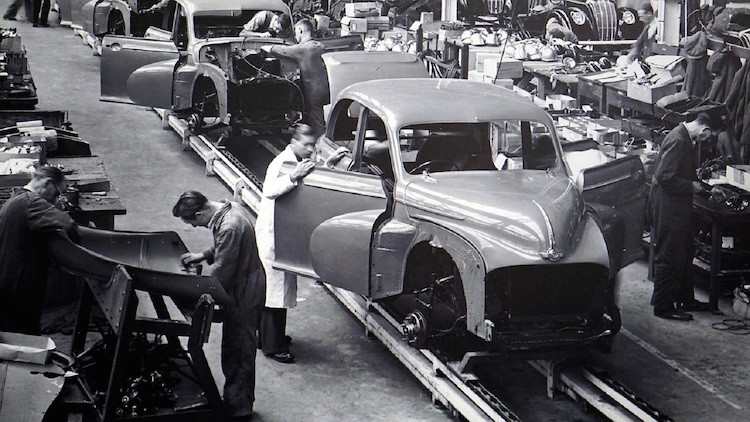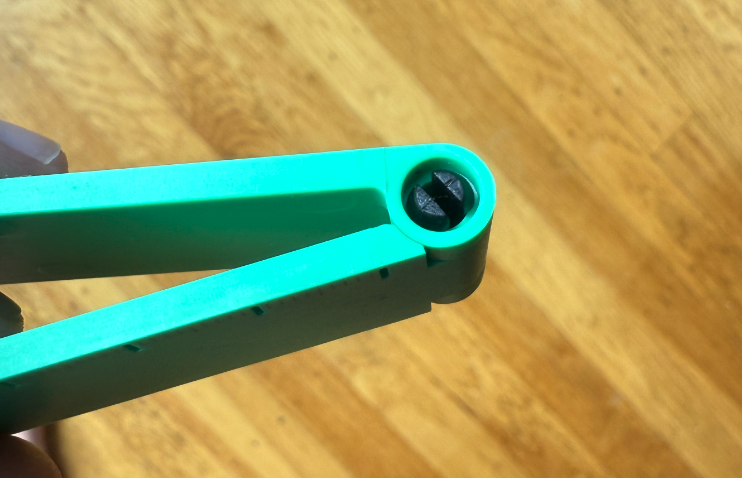Time to read: 6 min
“Perfection is achieved not when there Is nothing more to add, but when there is nothing left to take away”
– Antoine de Saint-Exupery
Your day isn’t going well when your boss quotes a French novelist at you. In this case, my design was rejected because my boss thought that it wasn’t “elegant”… What?
Days later, having solved the riddle, I returned with a design that required half the parts and would be much easier to make. Why? Well, the idea of perfection captured in French prose became known as design for manufacturing (DFM) and design for assembly (DFA) in the 1960s. DFM and DFA are a codification of ideas for creating products for large-scale manufacturing. While DFM is focused on making designs easier to machine or form by reducing machining steps and complexity, DFA makes your designs easier to assemble by limiting special assembly tools and ensuring fits are logical and simple to put together.
But how can you make your designs easier for your friends on the manufacturing floor and, well, more elegant?
Download this checklist as a PDF to keep as a handy reference!

1. Minimize Part Count
Many believe that simplicity is elegance, so to keep the assembly line happy, look for ways to combine parts in your designs. For instance, many electronic housings use living hinges instead of knuckle hinges. When routing wires, choose molded guide features or use a heat-formed guide (like in old LazerTag guns). A reduction in part count reduces the number of parts manufactured, which drives down the cost and complexity of assembly. And speaking of minimizing part count…
2. Build in Fasteners
Whenever possible, build assembly features directly into the parts instead of using screws or other fastners. Snap fits are often just as secure and require no tools to assemble, so they reduce complexity in the assembly process. Sometimes screws are necessary, but you should use them sparingly — fasteners consume as much as 50% of assembly labor time. However, snap fits can increase the cost of injection-mold tooling, so you should design your parts to be injection molding friendly.
3. Use COTS Parts
Being a product designer these days is great… so many of our design problems are already solved! Our Victorian ancestors had to meticulously design each screw thread, but now we have hundreds of standard diameters and pitches to choose from. While I know engineers love a good fastener design problem, it’s far simpler to choose something pre-fabricated.
And the range of options extends beyond basic fasteners like nuts and bolts. COTS parts cover springs, pins, motors, microcontrollers, sensors, gears — most of the functional aspects of a design. This not only frees you to focus on unique design challenges, but also makes the manufacturing team happy since they already have the tools and skills to assemble your design. Also, with COTS parts, you often don’t have to test each part individually.

4. Use the Same Parts Throughout the Design and Product Family
While designing for COTS parts is a good first step, you still have to use them properly. I once designed a robotic assembly with M5 x 10 mm socket head screws in one section, but I used M4.5 x 12 mm hex head screws on another part of the design. Why? Unknown. Maybe Monday morning insanity? Regardless, my oversight meant there was a frequent switch between tools for assembly and it was easy to confuse which screw would go where.
The lesson is this: Don’t follow my example! Standardize your parts for not only each assembly, but across the entire product line, and whenever possible, use a single tool for the entire assembly. This approach also works for both DFA and DFM because there are fewer tool changes during machining and assembly — everybody wins! This type of standardization also reduces the burden on procurement and inventory control.
5. Use Modular Designs
A great application of both COTS parts and common parts is modularity, which is about breaking down designs into smaller sub-assemblies that can be used in multiple products. Think of your first computer: You could combine several pre-assembled parts (motherboard, hard drive, graphics card), and it was easy to put them together. And modular designs aren’t just great for the assembly line, they also keep your products in the field longer by facilitating simpler repairs and upgrades. Modularity also improves the DFM of your products as there are less parts to machine, which increases the overall happiness of your manufacturing cohorts.
6. Make Connections Unique
Speaking of putting together desktop computers, another great DFA example is found in computer cases from the 90s to the early 2000s — each connection is mechanically unique. The mouse cables don’t fit into the monitor port, and the power cord port can’t be confused with the keyboard cable.
Of course, that example shows my age. Today’s computers, which use USB-C connections for everything, are even more DFA friendly (see rule 4). Overall, making connections unique ensures that assembly is error-proofed, which results in a smoother assembly line and higher quality output.
7. Give Parts Clear Orientation
In addition to unique connections, consider using unique orientations for your parts. If there is a right and wrong part assembly orientation, make it obvious which way is correct. Or, even better, make it impossible to assemble the parts in the wrong way. For round parts, this may mean just designing them with a notch, but more complex shapes provide an opportunity for creative designs. Just don’t get too creative or you’ll defeat the purpose…
8. Make Parts Easy to Manipulate
…Because assembly these days is increasingly handled by robots. Automation costs are decreasing rapidly, and robots and cobots are appearing on more assembly lines. So, it’s a good idea to design your components for easy grasping by robotic end of arm tooling (EOAT), and to avoid very small or flexible parts when possible. Of course, humans on the assembly line will appreciate such designs, too — no one likes using a microscope to insert a screw.

9. Avoid Delicate Parts and No-Touch Areas
Similarly, you can help both robots and humans on the assembly line by making durable parts. If parts are too delicate or can easily be ruined by natural skin oils, rework (and costs) will skyrocket. Think of it this way, if Bruce Banner were angry, could he still perform your assembly step in under 10 seconds? If the answer is no, then it’s time for a redesign. Let’s make everyone happy with robust parts (including your customers)!
10. Design for Real-World Tolerances
Finally, make sure your custom parts can be manufactured easily. Tolerances stack up, and a minor variation in each operation can add up to a big problem — especially if your design isn’t able to accommodate the variation. Not meeting tolerances that are difficult to machine can lead to scrap or rework.
So, whenever you can, give your processes as much room for error as possible. Yes, the machinist can make your part fit to within one-ten-thousandth of an inch, but that exacting requirement means very expensive machining. And with 3D-printed parts, it’s the same: Even laser-sintered parts have variation, and it’s worth considering how these tolerances will fit together.
Pro-tip: When you have to require them, outsource parts with tight tolerances to a manufacturing partner like Fictiv, who excels at precision machining.
Simple Sophistication Increases Profits
One of the key areas that differentiate old engineers from new engineering grads is the simplicity of their designs. Cutting out extra parts to find a simple solution isn’t just “elegant” — it saves your company in a big way, both in manufacturing time and reduced number of defects.
For more on essential design for assembly methods and lessons, check out our article on The Fundamentals of Hardware Assembly Design.
Start Your Next Project With Fictiv
If you’re tasked with sourcing and supplying CNC machined parts, Fictiv is your operating system for custom manufacturing that makes part procurement faster, easier, and more efficient. In other words, Fictiv lets engineers, like you, engineer.
With our design and manufacturing expertise, innovative platform that provides instant DFM feedback, complete production visibility, and quick turnaround times, manufacturing your parts is easier than ever!











